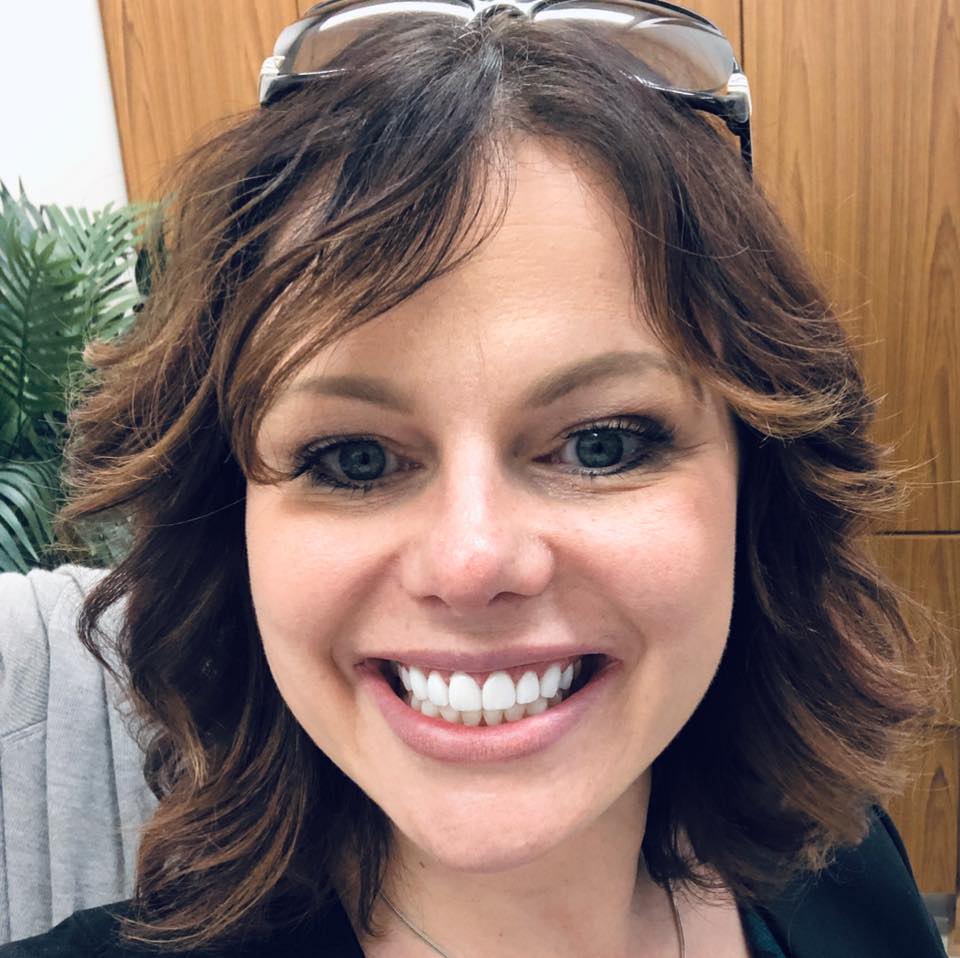
Does Canadian Dental Insurance Cover Implants and Invisalign?
Key Takeaways
- The Canadian Dental Care Plan (CDCP) provides partial to full coverage for basic dental care services to eligible residents.
- Coverage varies depending on income level and the services required; cosmetic procedures, such as whitening, are excluded.
- Invisalign may be partially covered under private or provincial insurance, especially if deemed medically necessary.
- Dental implants are typically classified as cosmetic, but may be considered medically necessary in cases of trauma or medical conditions.
- Expert opinions from Canadian dentists help clarify areas of uncertainty in insurance coverage.
What does the Canadian dental care plan currently cover?
When the federal government launched the Canadian Dental Care Plan (CDCP) in 2024, it marked a shift in how dental care is approached across the country. For the first time, millions of Canadians who previously avoided dental visits due to cost now had access to government-supported oral care services. But what exactly does the plan cover — and what does it leave out?
Core services included
According to Health Canada, the CDCP currently covers the following services for eligible individuals:
- Routine exams and cleanings
- Diagnostic services (e.g., X-rays)
- Preventative treatments (e.g., fluoride treatments, scaling)
- Basic restorations (e.g., fillings)
- Endodontic treatments (e.g., root canals)
- Periodontal services (e.g., deep cleaning for gum disease)
- Dentures and extractions
Services not covered
Cosmetic procedures and elective treatments are not included in the plan. These typically involve:
- Teeth whitening
- Veneers
- Orthodontics, like Invisalign or braces, unless deemed medically necessary
- Dental implants (in most cases)
Who qualifies?
Eligibility for CDCP is income-based. As of September 2025, the criteria include:
- Household income below $90,000 annually
- No access to private dental insurance
- Canadian citizenship or permanent resident status
The plan is being rolled out in phases, prioritizing seniors, children under 18, and individuals with disabilities. The full rollout is expected to be completed by 2025–2026.
Costs and reimbursements
Depending on household income, the government covers a percentage of costs:
| Household Income | Coverage % by CDCP |
|---|---|
| Below $70,000 | 100% |
| $70,000 to $79,999 | 60% |
| $80,000 to $89,999 | 40% |
Patients may still need to pay a co-payment for specific procedures or if they choose providers who charge above CDCP rates.

Does insurance cover Invisalign in Canada under most plans?
The short answer? Sometimes — but with conditions. Whether Invisalign is covered depends on the type of insurance plan you have and whether the treatment is considered cosmetic or functional.
Public vs. private insurance
- Public provincial plans (e.g., Ontario Works, Alberta Adult Health Benefit) generally do not cover orthodontics unless it is required for medical reasons, such as jaw misalignment that impacts speech or chewing.
- Private dental insurance may offer partial reimbursement for Invisalign, often under a separate orthodontic category.
Cosmetic vs. medically necessary orthodontics
Here’s where things get murky. If Invisalign is used to straighten teeth for aesthetic reasons, most insurance plans won’t cover the cost. But if it’s prescribed to address:
- Severe crowding affects dental hygiene
- Malocclusion causing TMJ pain.
- Speech or swallowing issues
Then the treatment might qualify as medically necessary, and some insurance plans will offer partial or full reimbursement.
"It’s important that patients understand their policy language. Invisalign can sometimes be reimbursed — but only with a dentist’s documentation justifying medical necessity." — Dr. Goli Ariafar, DDS at Skymark Smile Centre.
Average reimbursements
In Canada, private insurance plans that cover orthodontics typically offer:
- A lifetime maximum of $1,500 to $3,000 for orthodontic services
- Coverage of 50% of the treatment cost (up to the max)
Since Invisalign treatments often range from $4,000 to $8,000, patients usually cover the remaining balance out-of-pocket.
Traditional Braces vs. Invisalign
| Feature | Traditional Braces | Invisalign |
|---|---|---|
| Covered by private plans | Often | Sometimes |
| Covered by public plans | Rarely | Very rarely |
| Cost range | $3,000–$7,000 | $4,000–$8,000 |
| Perceived as cosmetic? | Sometimes | Frequently |
| Reimbursed if medically necessary | Yes | Yes (if documented) |
Are dental implants considered medically necessary or cosmetic in insurance terms?
Dental implants occupy a strange space in the insurance world. Are they a luxury or a medical need? The answer often lies in a single phrase: 'medically necessary.'
What does "medically necessary" mean in Canada?
According to the Canadian Life and Health Insurance Association (CLHIA), a dental procedure is deemed medically necessary when it:
- It is required to alleviate or prevent a medical condition
- Is prescribed by a licensed dental professional
- Cannot be replaced by a less costly alternative
So, while dental implants may help with chewing, appearance, and confidence, most plans still consider them cosmetic — unless the tooth loss was caused by:
- Trauma (e.g., car accident)
- Oral cancer or major surgery
- Congenital defects (e.g., cleft palate)
In such cases, the implant may be partially or fully covered under public or private insurance.
"Implants are the gold standard for replacing missing teeth, but insurance companies don’t always see them that way. Medical documentation is key to changing that." — Dr. Amir Guorgui, BSc, DMD, MACSD
Policy fine print: Watch for exclusions
Many private plans explicitly exclude implants in their general policies. They may say things like:
- "Implants and associated surgery are not covered unless due to an accident."
- "Alternative treatment benefit applies" (meaning they’ll pay what a denture would cost, not the full implant)
That’s why it’s essential to:
- Review your Certificate of Insurance
- Ask your dentist to submit a pre-determination
- Document medical necessity clearly

Can you use HSA or FSA funds in Canada to pay for Invisalign or implants?
Unlike the U.S., where FSAs (Flexible Spending Accounts) and HSAs (Health Savings Accounts) are federally defined programs, Canada uses Health Spending Accounts (HSAs) differently. In Canada, an HSA is a private, tax-advantaged benefit plan typically established by an employer for employees or by self-employed individuals for themselves.
What are HSAs in Canada?
In Canada, an HSA allows for tax-free reimbursement of eligible health and dental expenses. The Canada Revenue Agency (CRA) governs what counts as an eligible expense under the Income Tax Act. Key features include:
- Employer-funded (not employee-contributed)
- Tax-deductible for the employer
- Tax-free benefits for the employee
Are Invisalign and implants eligible?
Yes — if they are medically necessary. According to the CRA’s Medical Expense Tax Credit (METC) list:
- Dental implants qualify if they are prescribed by a dentist and not for purely cosmetic purposes.
- Invisalign is eligible if it’s used to correct a medical or functional issue, not for aesthetic alignment.
CRA defines eligible dental services as those provided by a licensed dentist and supported by a receipt and prescription. Cosmetic-only procedures are excluded.
How to claim through an HSA
- Submit proof of payment and treatment plan.
- Provide a dentist’s letter of medical necessity (if required)
- Reimbursement is tax-free if the claim is accepted.
What about FSAs?
Canada does not have a federally standardized Flexible Spending Account system. Any employer-provided health benefit plan must comply with CRA rules for reimbursement eligibility.
Are there any provincial programs covering dental implants or Invisalign?
Dental coverage in Canada isn’t limited to federal programs. Each province and territory also operates its own programs. The result? A patchwork of coverage — especially when it comes to higher-cost procedures like implants or orthodontics.
Ontario
- Ontario Works (OW) and Ontario Disability Support Program (ODSP) provide limited emergency dental coverage.
- Neither typically covers Invisalign.
- Dental implants may be covered for ODSP recipients if deemed medically necessary and approved through the Exceptional Access Program.
Alberta
- Alberta Adult Health Benefit covers basic dental services for low-income adults.
- Orthodontics and implants are not covered.
British Columbia
- Healthy Kids Program covers children under 19 in low-income families.
- Limited to basic preventive and restorative services.
- No coverage for orthodontics or implants.
What should Canadians know about dental insurance for implants and Invisalign?
Navigating dental coverage for Invisalign and implants in Canada isn’t simple. The distinction between cosmetic and medically necessary treatment makes all the difference — and can drastically impact what’s reimbursed.
Summary Table: Dental Coverage Overview
| Service | CDCP | Private Insurance | Provincial Plans | HSA Eligible? |
|---|---|---|---|---|
| Exams/Cleaning | Yes | Yes | Yes | Yes |
| Fillings | Yes | Yes | Yes | Yes |
| Invisalign | No* | Sometimes | Rarely | Yes (if med.) |
| Implants | No* | Rarely | Rarely | Yes (if med.) |
*May be covered if documented as medically necessary.
Expert Recommendations
- Consult your dentist for documentation of medical necessity
- Read the fine print in your insurance or provincial program.
- Inquire about alternative treatment benefits that may be applicable.
- Consider an HSA if you're self-employed or own a business.
Helpful Links
- CRA Medical Expenses: CRA Eligible Medical Expenses
- Sun Life Orthodontic Coverage: Sun Life

